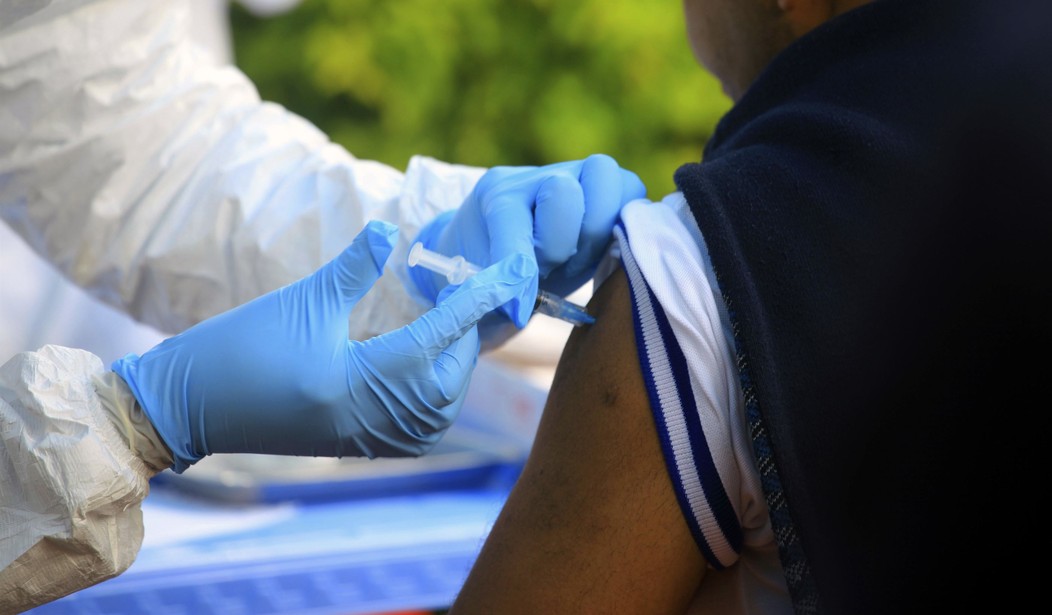Unless you’ve been living under a rock, you’re probably aware that the United States and several European nations have been leading the pack in terms of vaccinating their citizens. At the same time, there are many countries, particularly in Africa, eastern Europe, and central Asia, where vaccinations are still almost unknown. This huge gap in access to vaccines apparently prompted Lori Hinnant of the Associated Press to investigate and report on what she and others are describing as “vaccine inequity” around the globe. She quotes one envoy from the African Union who describes the situation as “a deliberate global architecture of unfairness.”
No one disputes that the world is unfair. But no one expected a vaccine gap between the global rich and poor that was this bad, this far into the pandemic.
Inequity is everywhere: Inoculations go begging in the United States while Haiti, a short plane ride away, received its first delivery July 15 after months of promises — 500,000 doses for a population over 11 million. Canada has procured more than 10 doses for every resident; Sierra Leone’s vaccination rate just cracked 1% on June 20.
It’s like a famine in which “the richest guys grab the baker,” said Strive Masiyiwa, the African Union’s envoy for vaccine acquisition.
I’m not here to dispute Hinnant’s premise that the world is less than “fair” when you consider the differences between economically prosperous developed nations and less developed countries. It may be a sad state of affairs, but it’s also the reality of the world. They’re called “developed nations” for a reason. In terms of the global deployment of the vaccines, however, all of this should have been predictable and Hinnant points out a number of factors leading to this reality in her article.
The accusations being tossed around, however, seem to be missing the mark entirely. Strive Masiyiwa, the African Union envoy I mentioned above, describes the ability of nations like the United States and Great Britain to develop vaccines and distribute them first to their own people as being “like a famine in which the richest guys grab the baker.”
I’m sorry, but that’s simply not an accurate analogy at all. If we’re to stick to Masiyiwa’s example, the reality is that the richest guys are the bakers. Most medical breakthroughs come from the United States and western Europe. More recently they’ve come from China also. Not coincidentally, those are the countries where pharmaceutical firms developed the first approved vaccines for COVID. Did anyone honestly expect that we weren’t going to take care of our own people first?
As Hinnant notes in her own article, “wealthy nations expected a return on their investment of taxpayer money.” That’s certainly one part of the equation, but this is also a situation similar to the safety lectures that airline flight attendants give you before takeoff. You always secure the oxygen mask on yourself before moving to help anyone else. Why? Because if you pass out, you won’t be able to help anyone else.
There was also the matter of how COVID spread around the world in terms of where the vaccines were needed first and most desperately. Again, Hinnant points this out in her article. When COVID broke out of whichever lab or wet market it originated in and made the jump to human beings, it didn’t suddenly take root in Africa or other underdeveloped nations. It struck China, arguably one of the most economically influential nations on the planet (and also the source of its own vaccines), and then immediately made the leap to the west coast of the United States. A separate batch jumped to New York City by way of a stop in western Europe, primarily Italy. By the time Operation Warp Speed was approaching the finish line, those “rich guy” countries, including America, were the ones being knocked to their knees, with overflowing hospitals and morgues dominating the headlines. It would be considerably longer before the virus really took root across the less developed countries around the planet.
The United States has already begun giving away supplies of the best vaccines available to the World Health Organization for distribution. And given the rapidly decreasing demand for shots at home, I expect that you’re going to be seeing a lot more of that in the very near future. The other leading producers of vaccines are doing the same, including China. (Even though their vaccines seem to be rather shabby.) And as far as the ones coming from the United States that will be heading to the rest of the world at little to no cost, they are all only available because we footed the bill for it. So for all of the critics complaining about “vaccine inequity” from other countries, I would only add one more thing.
You’re welcome.








